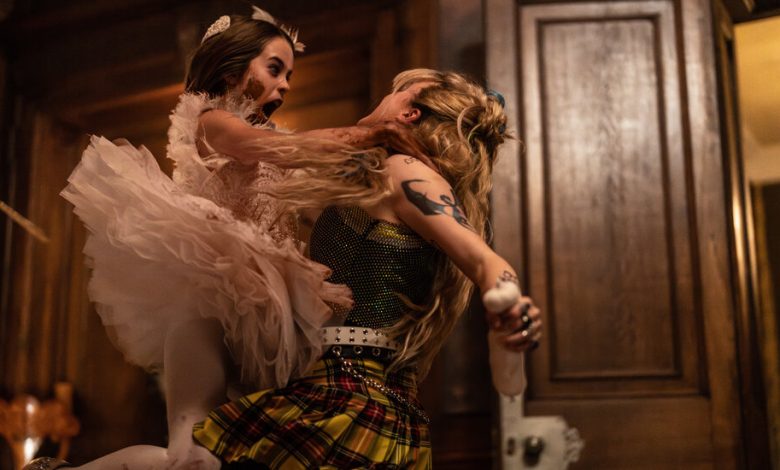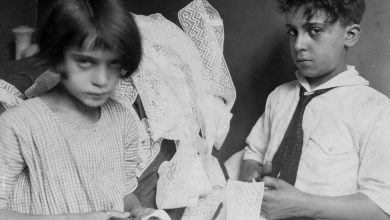Tutu, Bloody Tutu: Another Dangerous Ballerina Hits the Screen

“Ballerina vampire”: It sounds like a particularly good Mad Libs mash-up, deliriously absurd. Even if you haven’t seen “Abigail,” the gore-fest film that premiered last week, you can probably picture the monster of its title — the fangs, the blood-spattered white tutu. Somewhere, a Spirit Halloween executive is salivating.
However unlikely Abigail, the bloodthirsty dancer, seems, she has a long pop-culture lineage. Ballerinas are almost as much of a staple in horror as vampires. For decades, film and television have mined drama from the idea of the ballerina whose onstage elegance conceals terrible darkness — from the 1948 classic “The Red Shoes” to the pulpy 2021 Netflix series “Tiny Pretty Things.” Sometimes that drama is anchored in the truths of ballet life: the pursuit of impossible perfection, the bodily sacrifice required by a physical art. But sometimes these stories lean on the broadest clichés, using ballet as a beautiful canvas to spatter with blood.
“I don’t think anyone is going to see ‘Abigail’ for the dancing,” said Adrienne McLean, a professor of film studies at the University of Texas, Dallas, and the author of “Dying Swans and Madmen: Ballet, the Body, and Narrative Cinema.” “What they’re going to see it for, without necessarily being aware of it, is this pop culture idea of the dangerous ballerina.”
Abigail isn’t the only dangerous ballerina of the moment. Casting is about to begin for a workshop of a new musical based on the movie “Black Swan” (2010), whose disturbed, self-destructive antiheroine embodies many of the gothic-ballet genre’s stickiest stereotypes.
Unlike “Black Swan,” the darkly funny “Abigail” — which follows a band of kidnappers as they discover that their prisoner, supposedly an adolescent ballet student, is actually a centuries-old vampire — doesn’t aim for profundity. But entertainment-world depictions of ballet, even in campy romps like “Abigail,” carry weight.
In 2022, just two percent of American adults saw a live ballet performance, according to a survey by the National Endowment for the Arts. To paraphrase the dance critic Joan Acocella, who died this year, most people know whatever they know about ballet from films and TV shows. Or what they know about ballerinas, at least. However interested or uninterested ballet horror is in ballet itself, this genre is consistently fascinated with female dancers, viewed through a warped and often misogynistic lens. The dangerous ballerina — as imagined onscreen and then in the popular imagination —is obsessed, tormented, and likely to end up harming herself or others.




